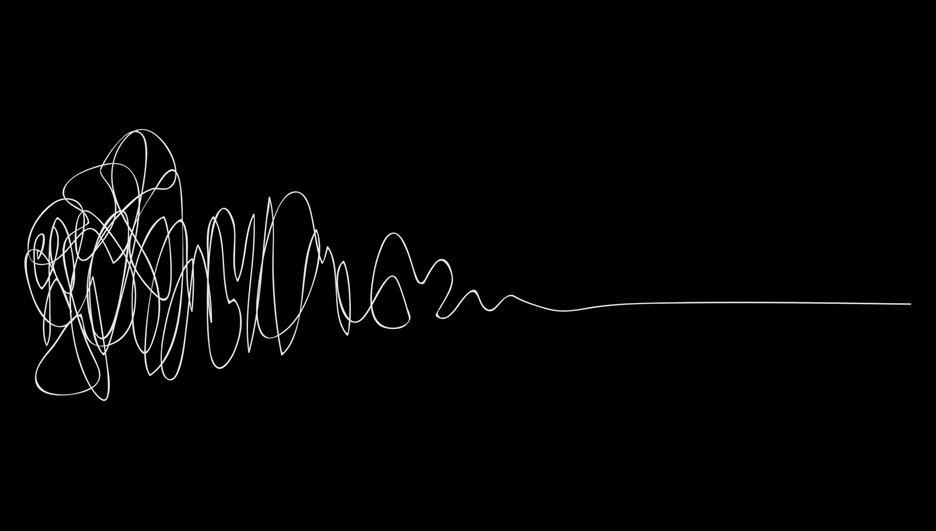
From Student to Researcher (in one term!) Post 17
Wrangling the 'Fuzzy Front End' of the research process (Prequel 2)
By Dawn Giesbrecht, Sheryl Mills, Harold Bull(This blog series is authored by USask denizens Harold Bull, Dawn Giesbrecht and Sheryl Mills) Harold is Assistant Professor Biochemistry, Microbiology & Immunology. Dawn is Laboratory Instructor Anatomy, Physiology and Pharmacology; Biochemistry, Microbiology and Immunology. Sheryl is Associate Director, Academic Programs & Interprofessional Education)
In Post 16, we alluded to some of the surprises along the way of developing a research-based component in a traditional lab course. One of the messiest parts of this design process was at the very beginning, at the fuzzy front end as it is fondly referred to in design thinking[1]. At the beginning—at a time of uncertainty, a creative time, you don’t know what to pull out or what to put in, then at a certain point, you gain clarity and focus and the line gets more clear.
Dawn found that the first iteration of adding a CURE-like experience was entirely in fuzzy front end land! 😵💫
Often projects are abandoned in the fuzzy front end stage because we get too uncomfortable – especially if we are used to surety, routine, predictability or/and standardized protocols. At the fuzzy front end, the start of any new project, we are in an entirely new experience that can be highly unpredictable.[2] It is only by moving through this process that we achieve clarity and focus as the predictability increases.
Common fuzzy front end experiences that we are familiar with:
- planting a garden for the first time
- moving to a new house
- planning a holiday
- traveling to a new country
- packing for a trip
- first date with a new person
- trying out a new restaurant
- deciding on what restaurant to meet at with a new person on a first date
- making bread for the first time
- planning a wedding, deciding to have a wedding, deciding to get married at all
- having a baby for the first time
- doing a new instructional ‘experiment’, such as adding a research-based component to a lab class
With every new variable involved, there is the potential for there to be an increase in anxiety –you just don’t know! You don’t even know what you don’t know at the beginning. Clarity comes with engaging in the process. You have to go through the process to get to the smooth line.
Managing one’s discomfort during the fuzzy front end portion of the adventure can be done in the following ways:
- Finding ways to realistically manage the scope of the project
- Having clearly defined boundaries
- Being clear on the desired outcomes
- Observing the change throughout (Dawn saw the learners’ engagement throughout the two-week process)
- Highlighting the meaning and relevance for all participants
- Keeping things easy to understand
- Making the project manageable
- Having clear goals
Going in with a sense of adventure and anticipating discovery can result in more fun, increased clarity, and new perspectives. Even if it doesn’t turn out the way you thought it might, the unexpected outcome can be valuable in its own right, valuable in ways you never anticipated, or even a valuable learning experience. You know what to do differently next time. Dawn has made changes with each iteration based on learner feedback and the instructor experience. There are so many things you can’t anticipate, but coming in with a sense of wonder alongside the students means that we can grow and develop together.
There is more to this series! See Previous Post here. View the next post here. View all posts here!
We also have podcasts!
All About CURE with Harold Bull, Dawn Giesbrecht and Sheryl Mills:
The MightyChondria Team:
[1] For more on the fuzzy front end design process, visit https://innovationmanagement.se/2010/10/20/achieving-success-in-the-fuzzy-front-end-phase-of-innovation/
[2] This is analogous to travelling to a new country, but not to an all-inclusive resort. 😜

